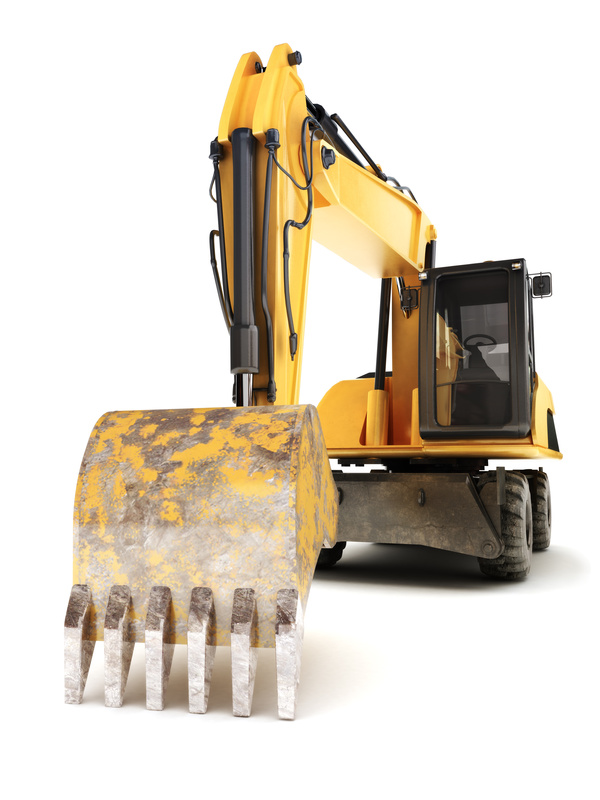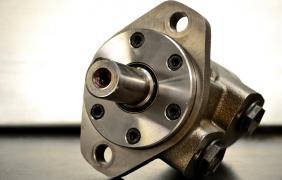How to Prevent Workplace Injuries Involving Heavy Equipment

Heavy equipment failure is one of the most common causes of on the job injuries for many workers nationwide. While some of these breakdowns are caused by defects that are out of the user's control, the most common cause of equipment breakdown is user error, which is not covered under a warranty.
In fact, this accounts for more than 35% of equipment failures. There are many ways to prevent these types of workplace incidents, and no matter if you are working with bucket pins, cutting edges, hardox plates, or other heavy equipment components. Here are three techniques of how to ensure functioning equipment while on the job.
Always be aware of moving parts
This may seem obvious, but becoming comfortable with your job is an easy way to forget basic safety precautions. Your machinery equipment has many moving parts, including rotating shafts, belts, pulleys, and gears that can potentially trap you if you get too close. Not only should you properly guard every moving part before you start working, but it is important to avoid wearing loose clothes and accessories. Don't forget to tie up your hair as well if it is long.
Stay updated on the hazards in each piece of machinery
When you start training with a piece of equipment, your workplace should provide you with a safety manual in addition to any personal protective equipment and protection systems you must adhere to. It is important to also note that these hazards can frequently change, so it is crucial to continuously stay updated.
The technology is available to you for a reason
Most heavy equipment machines come with technology that is meant to prevent on the job accidents, so use these to your advantage! For instance, some machinery has bright lights to make it easier to see, alarm systems to make workers aware that a component is starting up, and warning lights if you walk too close to a moving part. Using these is the easiest way to prevent avoidable workplace accidents.
If you have any questions make sure to contact your company's Occupational Safety and Health Administration (OSHA) representative in order to go over any additional hazards on the job. Make sure to ask as many questions as possible, as your safety is on the line.


